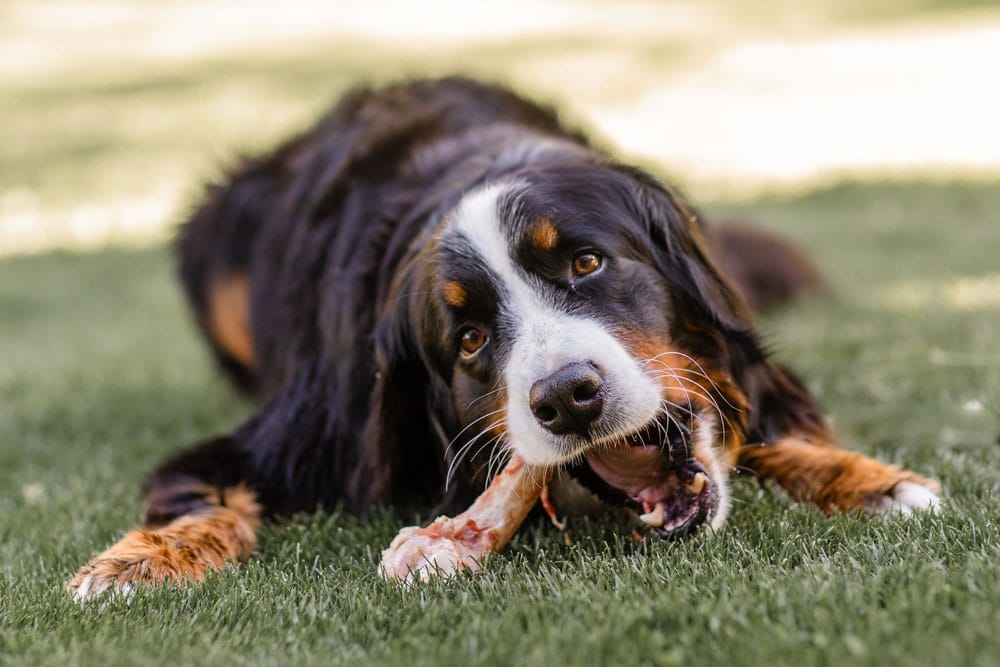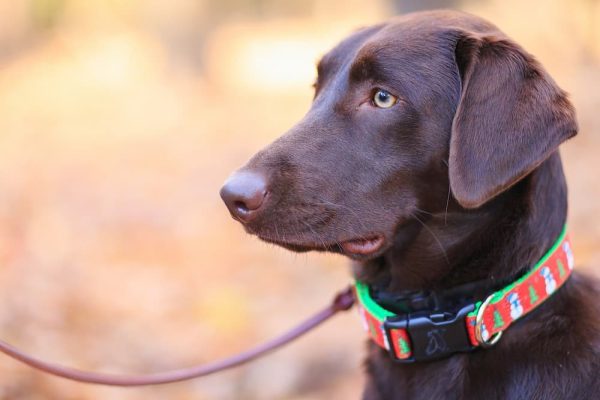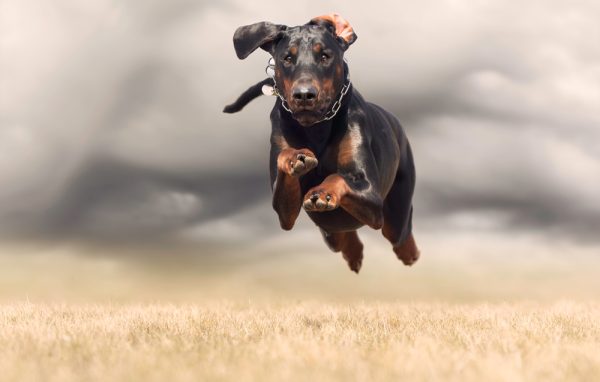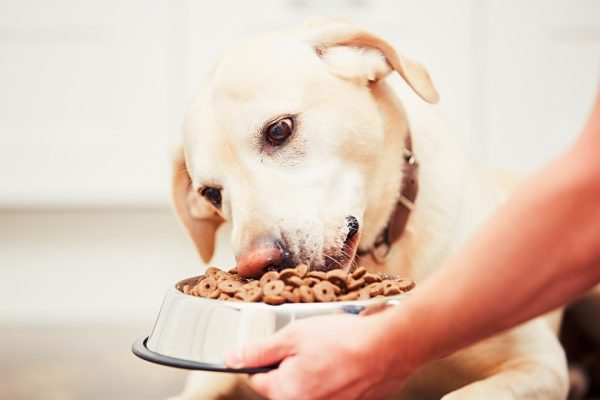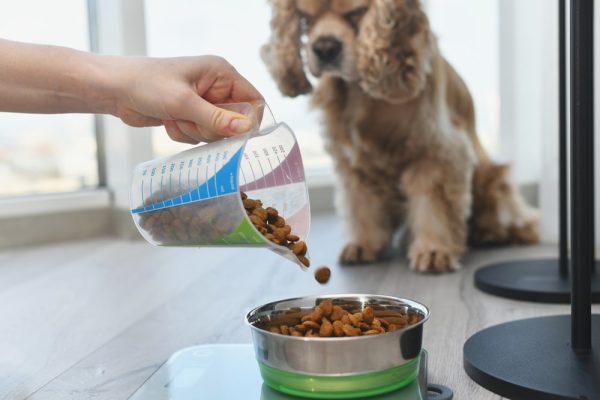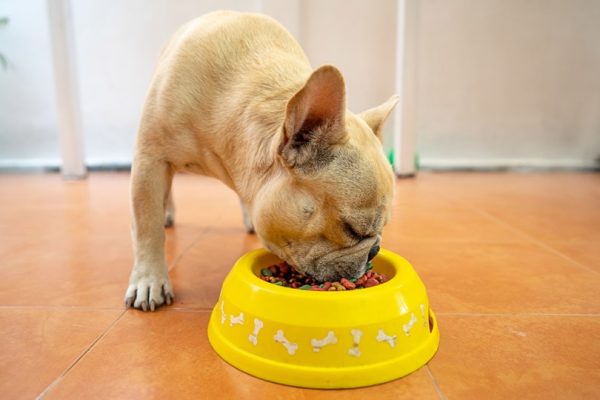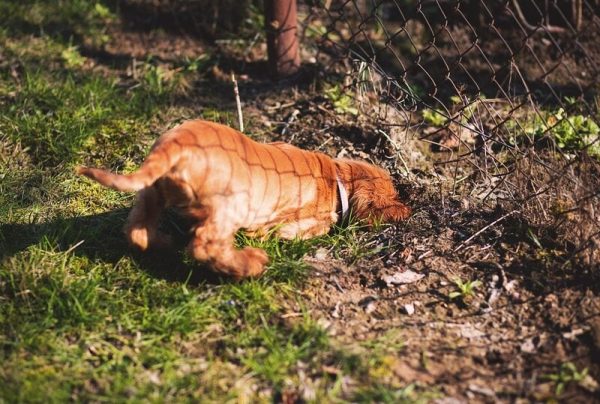Dogs do many odd things that come off as quite comedic to us humans. One such behavior is the habit that some dogs have of barking at bones or other toys. This behavior is especially funny to see happen with a toy your dog plays with regularly. Why would dogs do this, though?
It seems almost counterproductive to bark at an inanimate object. Humans know that shouting at inanimate objects doesn’t suddenly make them come to life, but dogs don’t know that. Could that be why dogs sometimes bark at their bones?

The 4 Reasons Your Dog Barks at Their Bone
1. Playfulness
Dogs love a good game, although the game rules may not always be clear to humans. Some dogs may exhibit this unusual behavior as part of the game they are playing with their bone. Dogs become highly stimulated by exciting objects, and some begin to express this high level of stimulation through barking.
Barking could be used as an invitation to the bone to join the game, or it could just be your dog letting out some excitement about the game they’re preparing to play.
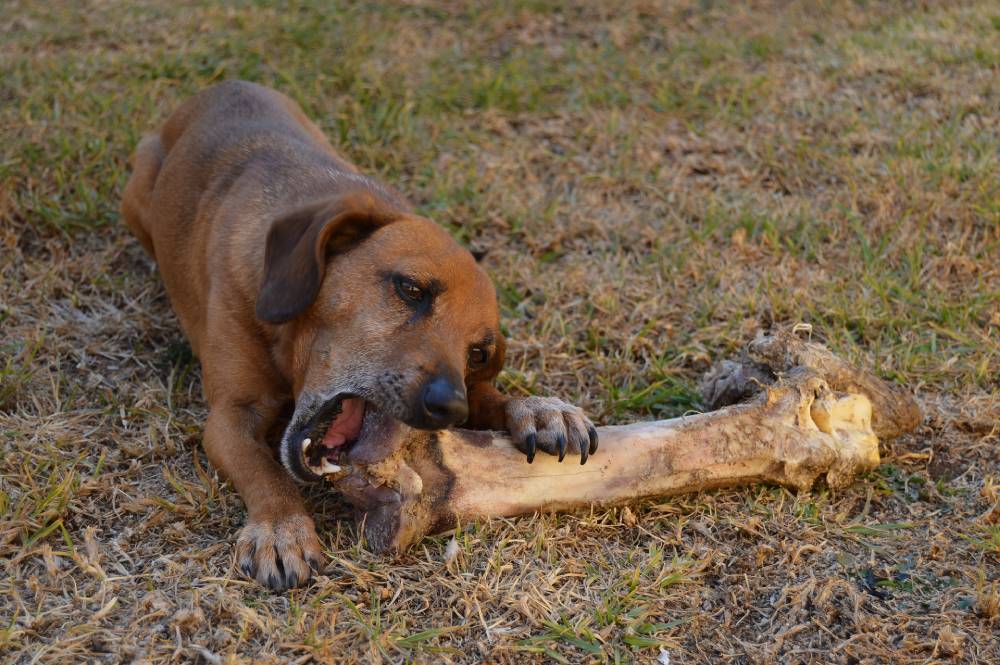
2. Curiosity
Dogs are intelligent, social, and curious by nature. Barking at objects may be a way of your dog expressing their curiosity toward an object, and it is most likely to occur for this reason with a new item your dog is not familiar with. If barking for the sake of curiosity, your dog is most likely barking to see how the object will respond. Will it fight or run? (Spoiler alert: it probably won’t do either).
Barking can be a quick and easy way for your dog to adequately assess an unfamiliar situation for responses from everyone or everything involved in the interaction.
3. Fear
Like curiosity, fear is a major motivator for your dog to assess a situation quickly. If your dog is fearful of their bone, they may bark at it to “warn” it to stay away or to verbalize their displeasure. Your dog could show fear toward a toy, even one they are familiar with, for various reasons.
This commonly occurs if the object moves suddenly and unexpectedly, like if it falls from a surface or is accidentally kicked. Fear can also occur when your dog has had a negative experience with the object. This can be related to pain, like your dog might experience if they chew on a bone while they have a toothache, or to other negative experiences, like if your dog was punished for chewing on something similar.

4. Dominance
In rare instances, your dog may be attempting to assert dominance in an uncomfortable situation, causing them to bark at their bone. It’s possible that your dog is turning their discomfort in a situation toward their bone, but it’s also possible that your dog has misidentified the bone and thinks it is a threat to their dominance.
This could occur in specific situations, like if your dog has resource guarding issues and feels like their bone is “encroaching” on their space during a meal or while eating a treat. If your dog has resource guarding or other undesirable behaviors that lead to dominance tendencies, then you should consult your vet, a veterinary behaviorist, or a trainer with experience with dogs that have resource guarding tendencies.

The Other Factors to Consider
All these causes have the potential to be caused by your dog’s desire to demand action, either from you or the bone. Barking is one of the ways that dogs know they can demand attention. Some dogs bark at objects to either draw your attention to the object or attempt to get the object’s attention, not realizing the object is inanimate.
This type of behavior is commonly seen in dogs that bark at things like squirrels and birds. They may be barking due to fear or playfulness, but the purpose of the barking is to demand action from the other animal to either get them to participate in play or leave. If your dog has taken to barking at their bone, see if there seems to be a form of interaction they are looking for on your part.
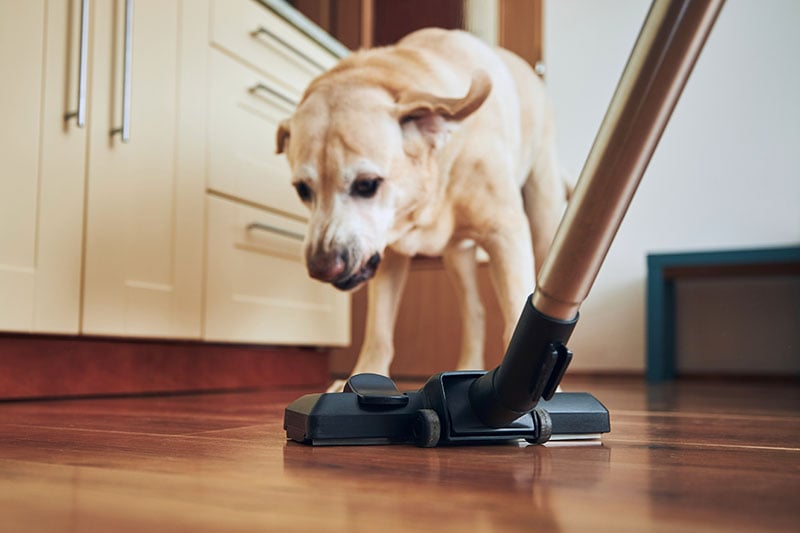

Conclusion
There are not a lot of reasons that your dog may be barking at their bone or other toys. The good thing is that this makes it relatively easy to narrow down the cause. However, it can be difficult to ascertain how your dog feels about a situation. Keep an eye out for situational and specific body language cues to help determine if your dog is enjoying the interaction.
If your dog seems fearful or aggressive toward their bone, it’s a good idea to begin looking for the cause of why your dog is uncomfortable with something that should be a fun toy.
- Related Read: Why Does My Dog Bark at His Food? (10 Likely Reasons)
Featured Image Credit: Janosch Diggelmann, Unsplash
